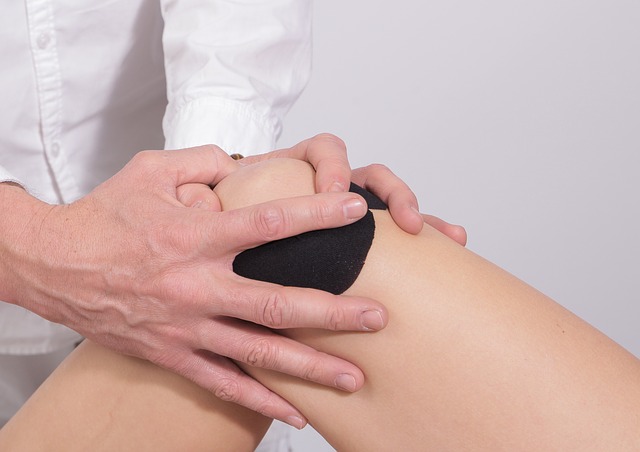Since the passage of the 2018 Farm Bill, the hemp sector has seen tremendous development and diversification, thanks in part to the plant’s numerous commercial and medicinal applications. Current findings by Grand View Research estimates that the worldwide industrial hemp growing industry would be worth $10.6 billion by 2025.
Increasing consumer knowledge and desire for hemp-based food, skincare, and nutritional supplement items are helping the sector, along with beneficial developments in US legislation. Even though this is good news for greenhouse farmers who are just entering the hemp industry, growing this product on a large scale is fraught with difficulties.
Insects and mites can attack hemp crops cultivated in the open, including those planted inside. Caterpillars and beetles possess chewing mouthparts, while aphids, spider mites, and plant bugs have piercing-sucking mouthparts. Insect and mite pests may do a lot of harm to hemp crops if they are not controlled early in the growing season.
Unfortunately, hemp still hasn’t been widely farmed in such a long time; the crop and study into which pests and insects can bring economic damage to the plant and hemp pest control are both regarded as novel. Despite its reputation, hemp is resilient to a wide range of diseases and pests. The easiest way to deal with hemp bug pests is knowing how to manage the situation best, and the following are the three tips you can rely on.
1. Information is Power
Some cannabis pests have been found, but much remains unclear about hemp and how pests damage or resist it. However, not all problems have economic consequences. Hemp insect pest management begins with deciding if it’s worthwhile to engage in a fight. There is a chance pests will affect the capacity to wholesale CBD-rich cannabis, so it’s essential to keep an eye out for their influence on hemp plants. The question of whether hemp bug feeding raises tetrahydrocannabinol(THC) levels is not already wholly studied or understood.
This might be a problem since the THC levels in dry-weight CBD must stay below the 0.3% standard imposed by the 2018 Farm Bill. Pest-induced increases in THC might make the crop unsellable. If the THC level is more than 0.5 per cent, it can damage the entire plant, and the United States will file a violation. If you commit three infractions in five years, you may be prohibited from cultivating commercial hemp for that period. This is why trace THC testing is so important.
Hemp pests should have little effect on what you grow. A few pests can harm a hemp crop, but further research is needed. Become familiar with your foe’s tactics. The European marijuana borer, the maize earworm, the marijuana mites, the hemp aphid, and the Japanese bug have all been identified as financial threats to cannabis that need to be addressed.
2. Establish The Pest’s Identity Correctly
Determining the insect or mite pest eating on your marijuana plant is among the first steps in implementing effective plant protection methods. Use books, datasheets, and the internet to find the right insect or mite problem for you. A state extension entomologist can also help with identification.
3. Integrated Pest Management
It’s possible to devise a multi-pronged strategy for managing hemp pests once you have identified the bugs that pose the most damage to your crop and are aware of the potential economic damage that specific pests might do. Because hemp is a young business, integrated pest control is a work in progress that is still being refined. The following is what you need to do to grow a successful hemp plant.
Prevention: The most excellent protection against hemp pests such as mites, aphids, borers, and maize earworm is prevention. While it’s unlikely that you’ll be able to keep all hemp insect pests at bay, there are steps you can do to lessen their impact.
You may lessen the damage of pests by willingly removing infested plants or treating them immediately to avoid spreading by maintaining a careful check on your marijuana crop and examining it often.
You can keep marijuana insects like aphids under control by adding or introducing natural predators like soldier bugs or lady beetles to your plant.
More data will be collected as the hemp business expands on which bugs are damaging to cannabis varieties and in what settings. Hemp pest control will be improved thanks to this ongoing research, and productivity will be maximized as a result.



